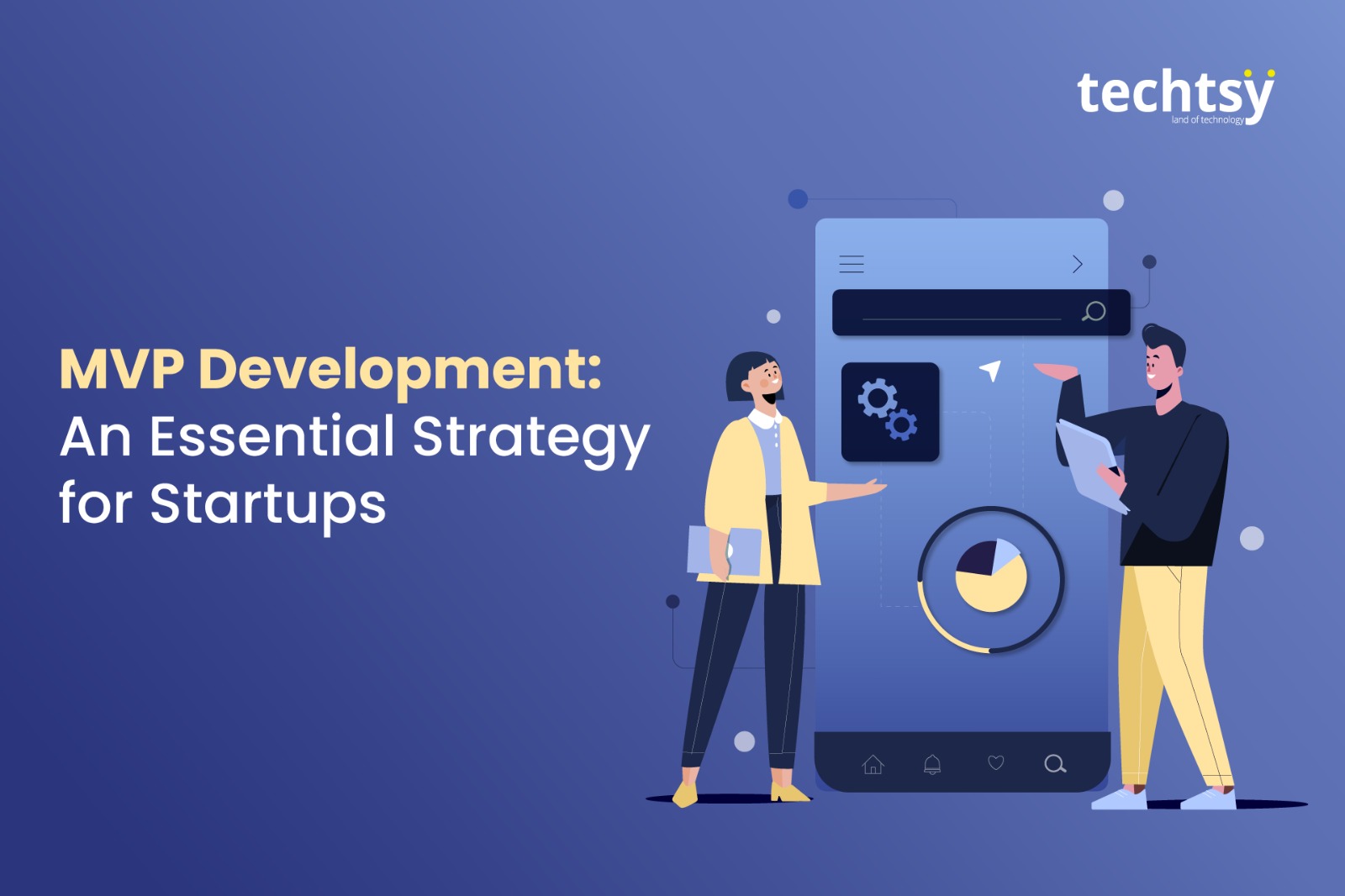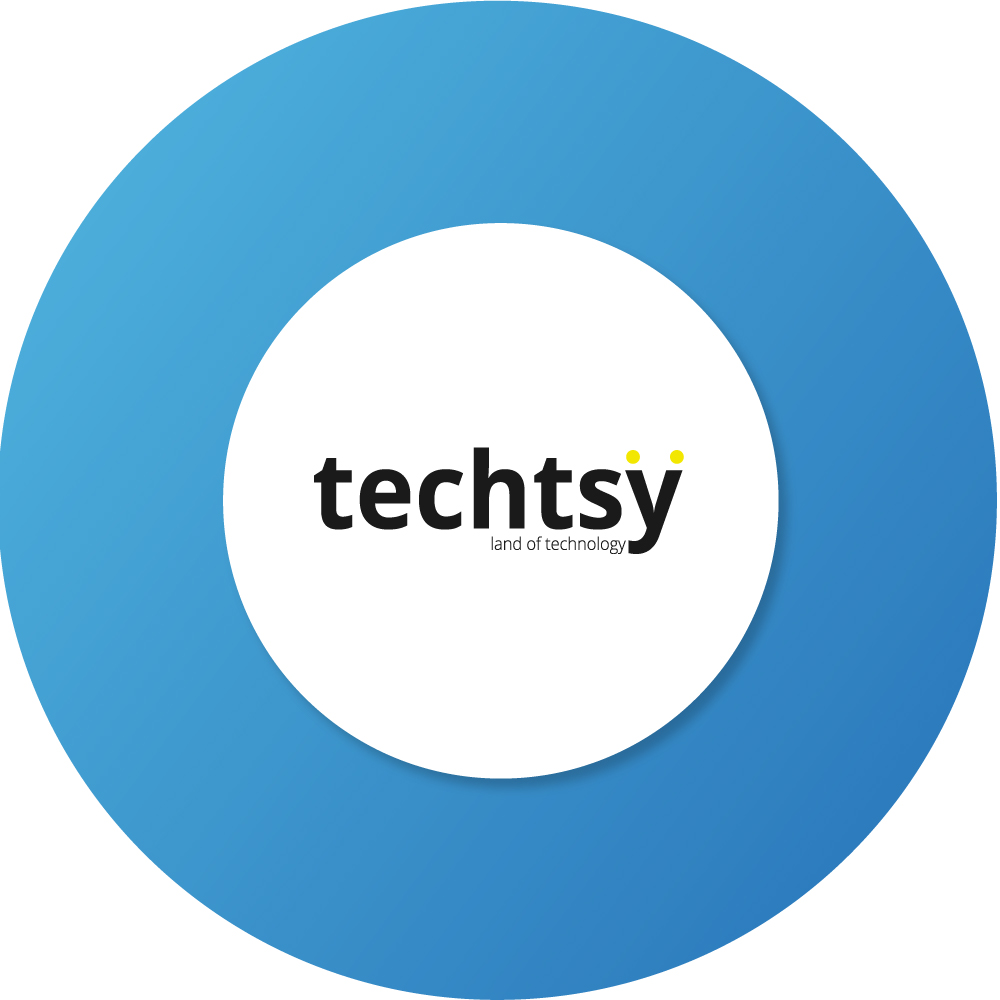
How was the first version of your digital product? Most probably, not good enough or not as you expected. Don’t feel shy, most are ashamed of the first of their product. This is where MVP development comes into the strategy for startups.
There is an insightful quote from Reid Hoffman, co-founder of LinkedIn, who rightly talked about the crucial role of MVP (Minimum Viable Product) development in the entrepreneurial journey.
“If you’re not ashamed of the first version of your product, you launched it too late.”
In today’s blog, we are going to discuss the concept of MCP for startups along with exploring its essence, significance, and the methodology for its effective implementation.
What is MVP?
Simply put, an MVP, or Minimum Viable Product, is the most basic version of a product, containing only its core features.
The aim isn’t to deliver an incomplete product but to focus on the product’s fundamental value and present it in its simplest form.
The primary objective is to enter the market quickly and gather feedback as soon as possible.
The Importance of MVP
An MVP is important because of its ability to provide startups and entrepreneurs with a streamlined approach to product development.
MVP concentrates on the most essential features, and enables quicker market entry, allowing teams to collect user feedback and validate market assumptions without overcommitting resources.
This is an approach that significantly reduces the risks associated with launching a fully developed product. Ask why because it ensures that only the most crucial aspects are built initially.
On the other hand, the MVP methodology emphasizes the learning curve, enabling companies to refine their products based on real-world feedback. Moreover, it helps startups better meet their target audience's needs and preferences.
Now it is time to question, why MVP is important.
Why MVP is Important
Starting with an MVP (Minimum Viable Product) is a strategic move for any startup. Here’s why beginning your business journey with an MVP can be crucial:
Economic Efficiency
Developing a full-fledged product often demands a considerable investment of both time and money. By concentrating on the core features, an MVP offers a more efficient development process.
This approach economizes resources, ensuring that startups don’t overcommit to ideas that haven’t been validated by the market.
Validating Market Assumptions
The entrepreneurial landscape is filled with products that, despite good intentions, failed to resonate with the market. An MVP acts as a litmus test, providing early insights into market reception.
By gauging interest and gathering feedback before making a full investment, startups can avoid the common pitfall of developing solutions that don’t meet market needs. (For more insights, see Testing Your MVP Ideas and Hypotheses.)
Agile Learning and Iteration
MVP development is rooted in agility. By launching early, startups can gather real user feedback, learn from it, and iterate quickly.
This ongoing feedback loop allows for continuous product improvement, ensuring that the product evolves in line with user expectations and demands.
For more reasons to develop an MVP, check out the article MVP Development: Benefits for Startups and Companies.
How Do You Develop MVP Effectively
Identifying the Core Problem
The foundation of any successful product is a clearly defined problem statement. Before diving into development, it’s crucial to pinpoint and articulate the problem you aim to solve.
Engage with potential users, conduct surveys, and perform thorough market research to sharpen your understanding of the challenge your product addresses.
Selecting Essential Features
With a well-defined problem in mind, the next step is to craft a solution. Begin by listing potential features and then prioritize them. Focus on those that are critical to solving the core issue.
While it’s tempting to include additional 'nice-to-have' elements, it’s essential to practice restraint at this stage to keep the MVP lean and effective.
Adopting the Build-Measure-Learn Approach
Launching the MVP is just the start of a dynamic process. It’s vital to embrace the build-measure-learn paradigm, where user interactions are closely monitored.
By analyzing user behavior, startups can gain valuable insights into what’s working and what needs improvement.
Iterative Refinement
Armed with feedback from real users, the product goes through continuous refinement. Features may be added, tweaked, or removed entirely to better align with market needs and user preferences.
This iterative process is crucial in achieving product-market fit and ensuring the product stays relevant.
Partnering with Experts
While the MVP approach might seem straightforward, its successful execution requires expertise. Collaborating with seasoned companies like LaSoft, who specialize in MVP development, can be invaluable.
Their experience can help guide startups through the complexities of the MVP journey, reducing common pitfalls and smoothing the path to market.
Examples of MVP Success
Many well-known brands started with a Minimum Viable Product to test their concepts before fully entering the market. Here’s a table showcasing some famous companies that began their journey with an MVP.
MVP as a Strategic Mindset
Viewing MVP development as merely a phase in product creation misses its broader significance. The MVP approach embodies a mindset of user-centricity, agility, and continuous improvement.
In today’s fast-paced business environment, where adaptability is key, the MVP strategy is not just an option but a necessity. It serves as a bridge between entrepreneurial vision and market realities, catalyzing the transformation of startups into industry leaders.
Want to develop your own MVP for your startup? Our expert team can help you. Contact us, partner with us, and build your MVP for better business success for your startup.

Comments :